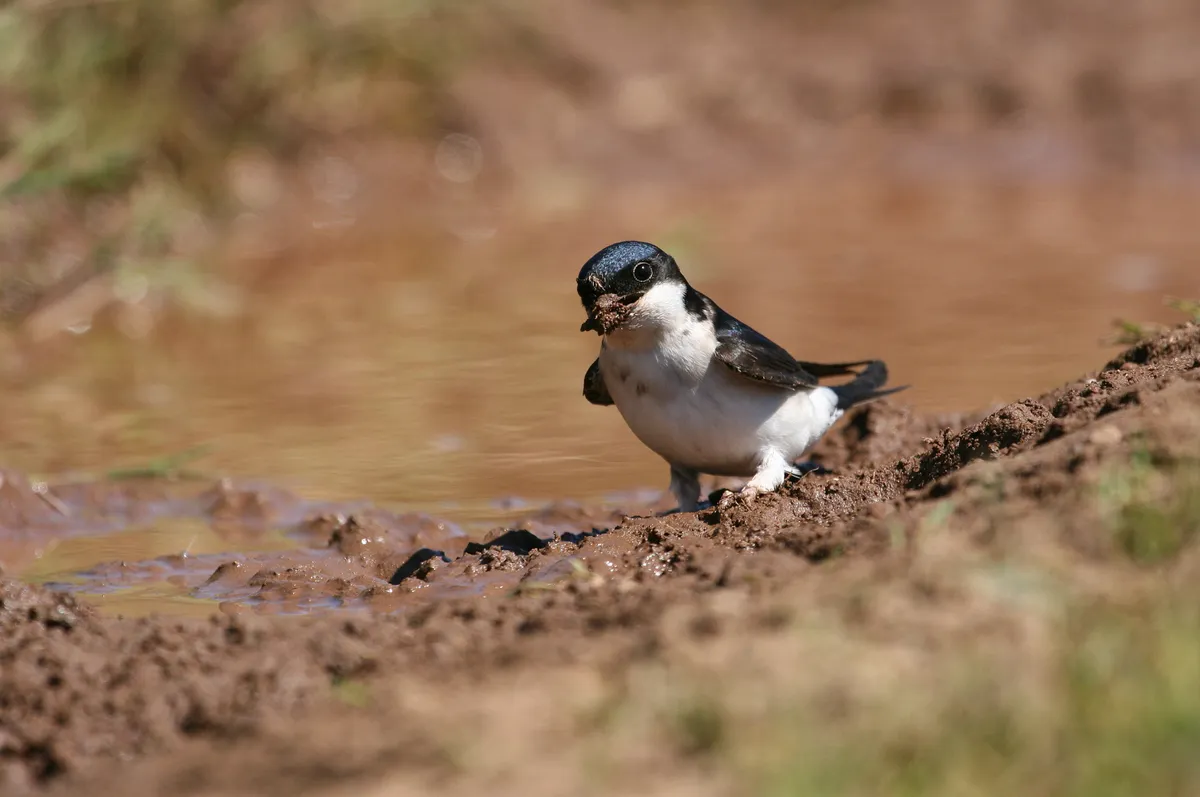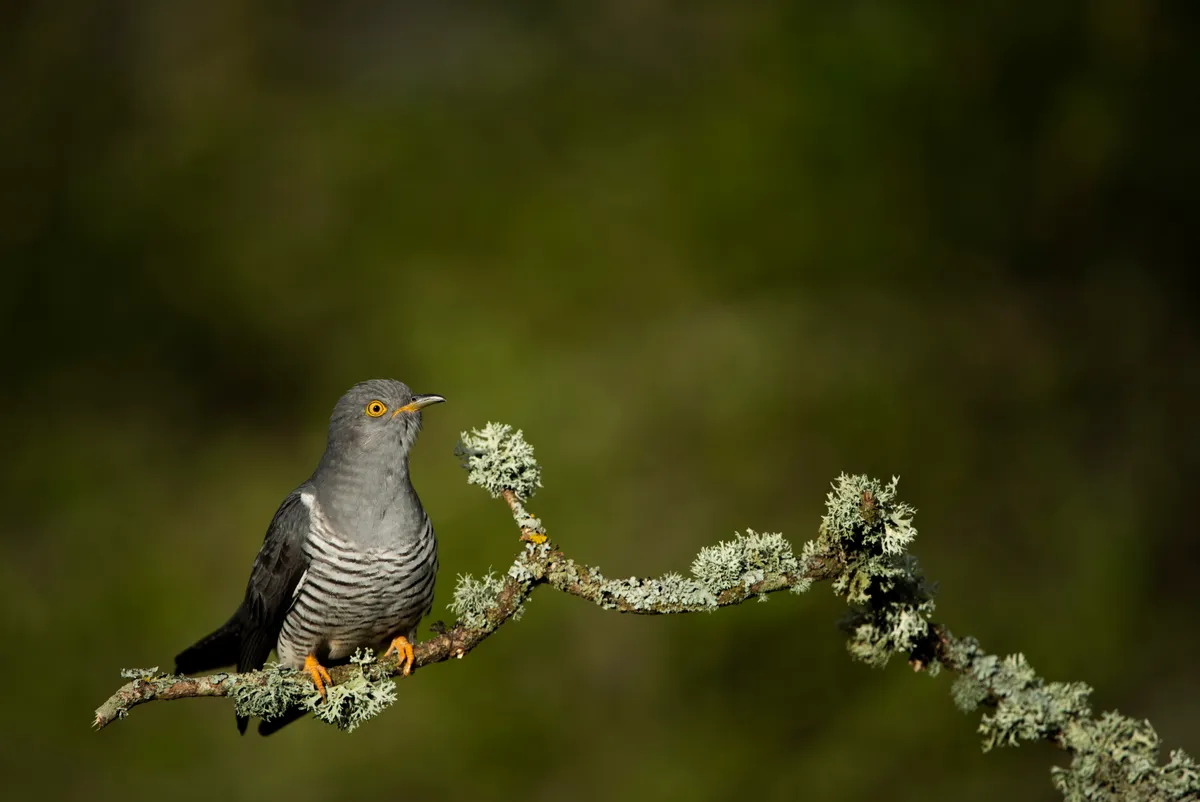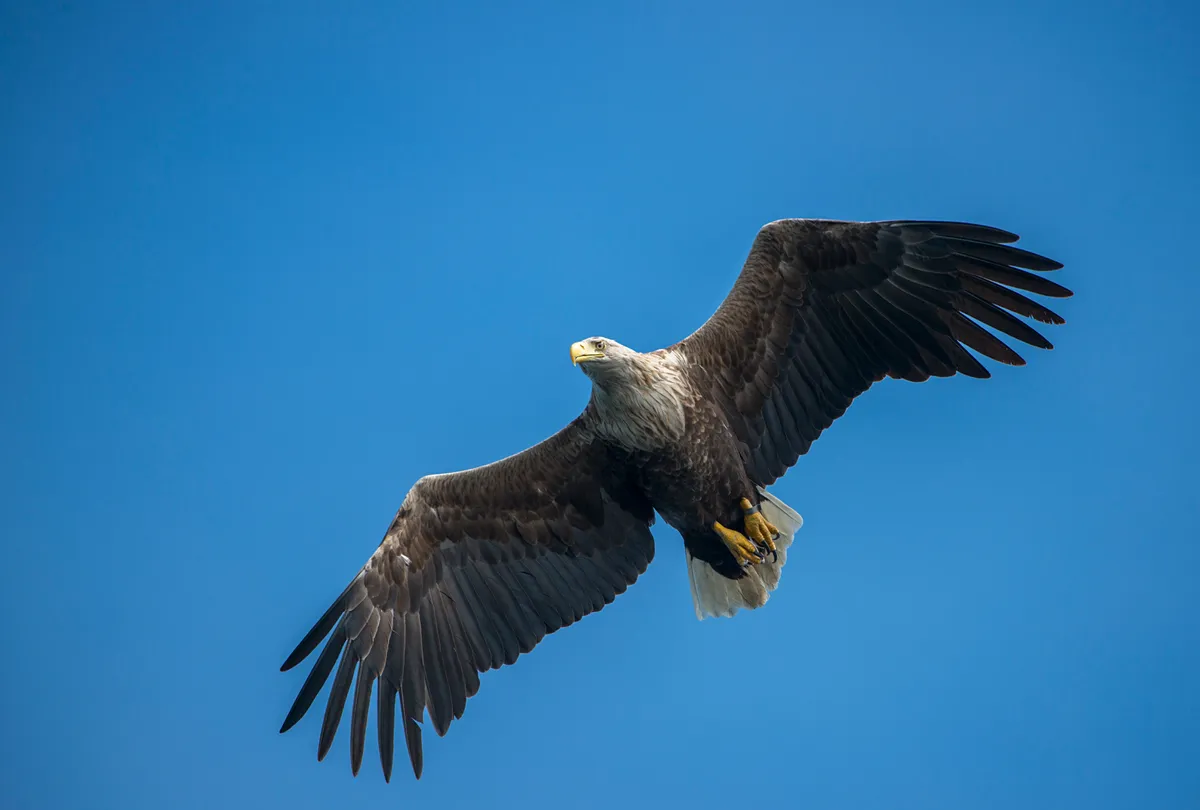A new report compiled by the Birds of Conservation Concern partnership has revealed that 70 of the UK’s 245 regularly occurring bird species are now on the Red List. The figure means that more than a quarter of the UK’s birds are under serious threat.
The number marks a net increase of three since the last report in 2015; and a startling 34 since 1996.
Some species are placed on the Red List because of severe declines in recent decades, while others remain well below historical levels or are considered under threat of global extinction.
Newly added species include the swift (58% decline since 1995), house martin (57% decline since 1969), greenfinch (62% decline since 1993) and Bewick’s swan.

The decline in bird populations is the result of many pressures both in the UK and abroad. Changes in the way land is managed (particularly farmland in the UK), climate change, urbanisation, invasive non-native species and pollution all play a part.
“This is more evidence that the UK’s wildlife is in freefall and not enough is being done to reverse declines,” said the RSPB’s CEO, Beccy Speight.
- Find out more about New UK Red List for birds
“With almost double the number of birds on the Red List since the first review in 1996, we are seeing once common species such as swift and greenfinch now becoming rare. As with our climate this really is the last chance saloon to halt and reverse the destruction of nature. We often know what action we need to take to change the situation, but we need to do much more, rapidly and at scale. The coming decade is crucial to turning things around.”

The BTO’s CEO, Prof Juliet Vickery said: “It is both sad and shocking to think that the house martin, a bird that often, literally, makes its home under our roof, has become Red-Listed. As a long-distance migrant to Africa we know very little of its life outside of the UK, but possible causes include a lack of food, as a result of insect declines, and fewer nest sites from refurbishment of housing and the move to plastic soffits. Putting up artificial house martin nest cups to provide safer nesting sites may not be the whole answer but it's a simple positive step many of us can take."
The GWCT’s Director of Research, Dr Andrew Hoodless added: “BoCC5 sadly adds more farmland and upland birds to the Red List. We need to better understand the effects of climate change on some species, as well as the impacts of changing habitats and food availability along migration routes and in wintering areas of sub-Saharan African migrants. For many Red-Listed species, however, improving breeding success in the UK is vital - we can and must make real and immediate improvements to this through better engagement with UK farmers, land managers and gamekeepers to encourage adoption of effective packages of conservation measures.”
103 UK bird species are on the Amber List (the next most critical group) and 72 on the Green List (the least most critical group).
More encouragingly, the white-tailed eagle moves from the Red List to Amber List (though the population still remains low at just 123 pairs nationally) as a result of decades of conservation work, including reintroductions and increased protection for this spectacular species.

